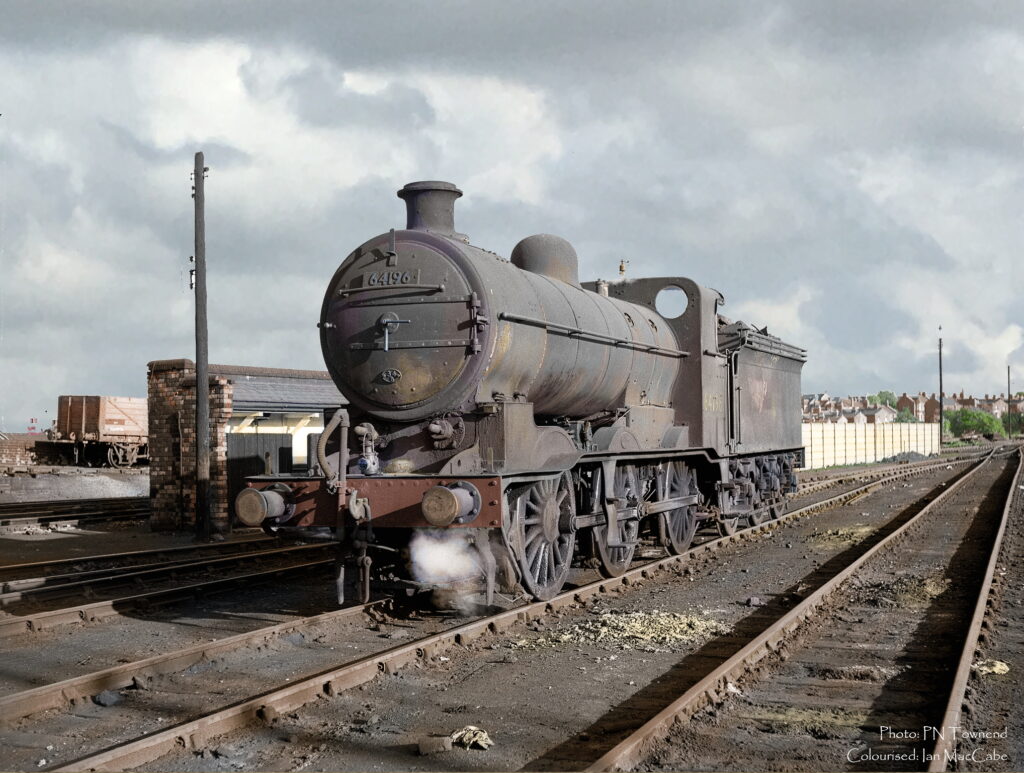Your cart is currently empty!
Sir Nigel Gresley
Sustaining the legacy

Class J6
The Great Northern Railway class J6 was a class of 0-6-0 steam locomotives introduced in 1911.
Ivatt retired at the end of 1911, but construction of the class J6s was continued by Gresley until 1922. A total of 95 Gresley J6s were built in ten batches at Doncaster Works. Including the earlier Ivatt engines, a total of 110 class J6s were built.


The class J6 was the final development of the Ivatt 0-6-0 goods locomotive. As well as introducing superheaters, these were the first GNR goods locomotives to use piston valves. Despite these innovations, the GNR classified them as class J22 – the same as the earlier slide valve engines (LNER J5). The LNER recognised the superheated engines as being different, and gave them the classification of class J6.
The class J6s were mainly used in the GNR’s provincial districts, especially from New England, Colwick, and Doncaster. They were used for a wide variety of duties. Initially, they worked express goods trains until they were displaced from these duties by the introduction of class K1 & class K2 2-6-0s. Another early duty was the working of coal trains from Colwick to Hornsey. The class J6s acquired the nickname of “Knick-Knacks” due to the noise that they made when running with the steam shut-off.


All 110 locomotives passed to British Railways in 1948 and had 60000 added to their numbers. The arrival of the Thompson L1 Class Adriatic Tanks led to the class J6s being taken off the Grantham to Derby services. Other than that, their jobs remained more or less the same. The class J6s were withdrawn between 1955 and 1962, the last stand of the class being in the West Riding. All members of the class were scrapped.
